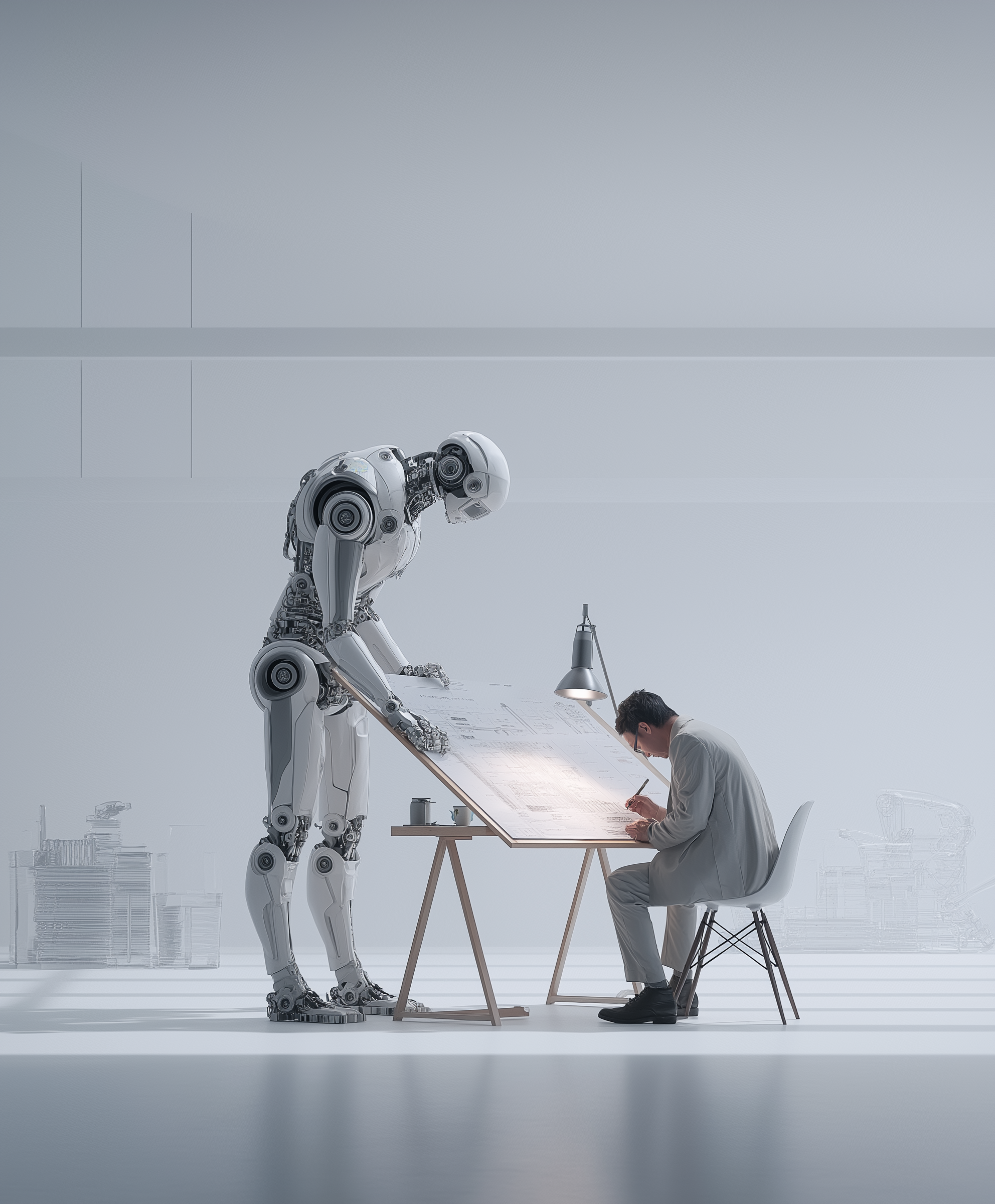AI now paints, designs, and even imagines on our behalf.
With a few lines of text, it can produce a poster, a logo,
or even a full visual identity.
But when the image appears — perfect, polished, and complete —
a question lingers in the air:
“Who really created this?”
1. The Disappearance of the Author
In traditional art and design, authorship was clear.
The person who conceived the idea, shaped the form,
and signed the work — that was the creator.
But in the age of AI, authorship has become blurred.
AI doesn’t create from emotion or intention.
It draws from an ocean of human-made data,
reassembling the fragments of countless others’ ideas.
So who owns the result —
the one who typed the prompt,
or the millions who unknowingly trained the model?
2. The Shadows in the Dataset
Every AI image is a collage of unseen authors.
Painters, photographers, illustrators —
their work becomes invisible pixels of someone else’s creation.
Many of them never gave consent.
AI-generated beauty is seductive,
but behind that beauty lies a quiet ethical dilemma:
the beauty of borrowed creativity.
3. The Myth of Originality
In truth, every designer borrows.
We are all influenced by what came before us — trends, history, memory.
AI simply amplifies this human behavior at scale.
But the danger lies in forgetting the source.
When we call an AI image “original,”
we erase the human lineage that gave it form.
4. Redefining the Designer’s Role
The designer’s task now is not to fight the machine,
but to bring context and conscience back into creation.
AI can generate —
but it cannot choose why something should exist.
5. Who Owns the Meaning?
Legal ownership might remain unclear,
but emotional ownership still belongs to the human.
Because only humans can decide what an image means.
The true authorship of AI design
is not in the code or the data,
but in the human who assigns purpose to it.
Conclusion
AI has changed how we create,
but not why we create.
Designers remain the storytellers —
those who turn information into emotion, and data into meaning.
In the age of AI, the authorship of design belongs not to machines — but to meaning.

💬 댓글 0개
첫 번째 댓글을 남겨보세요!